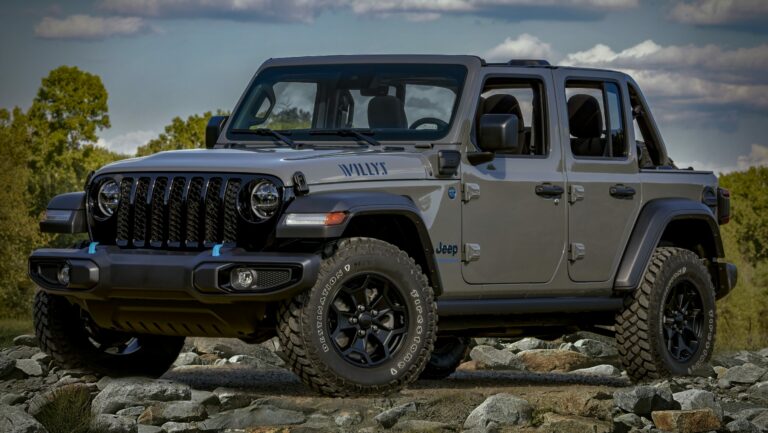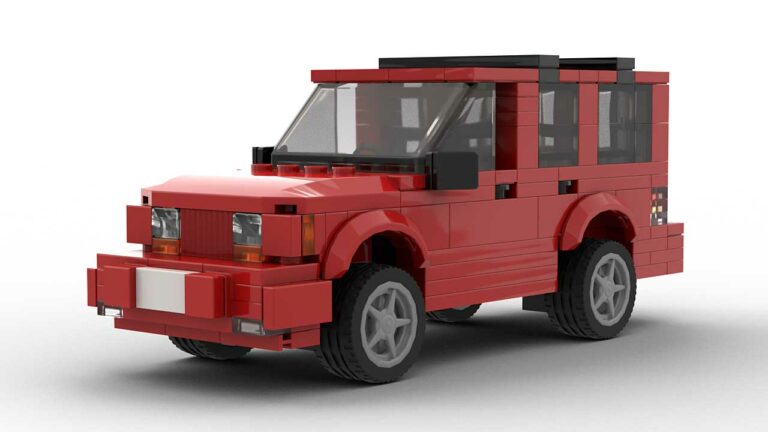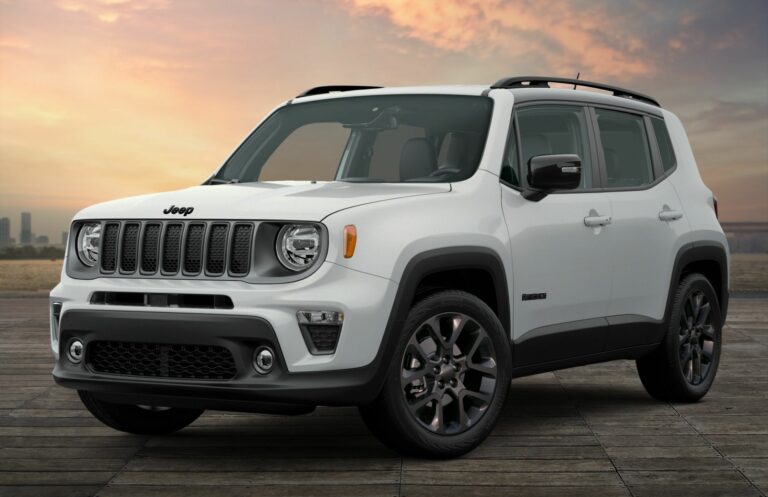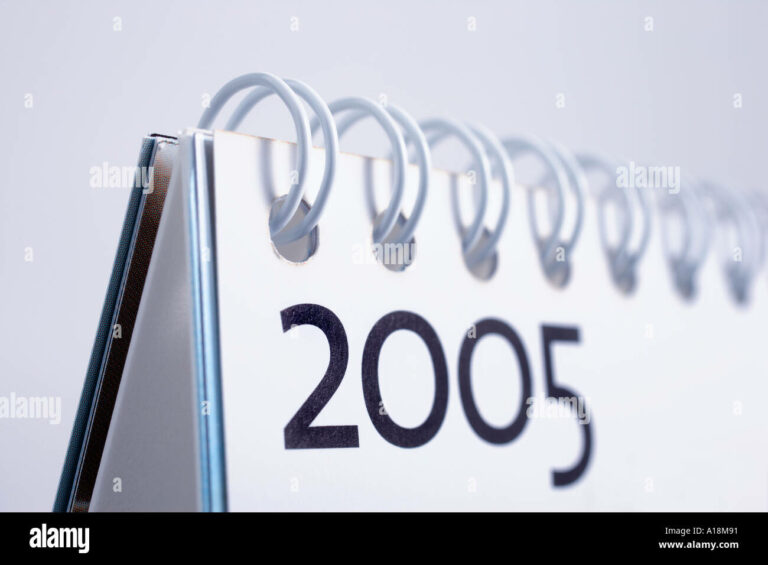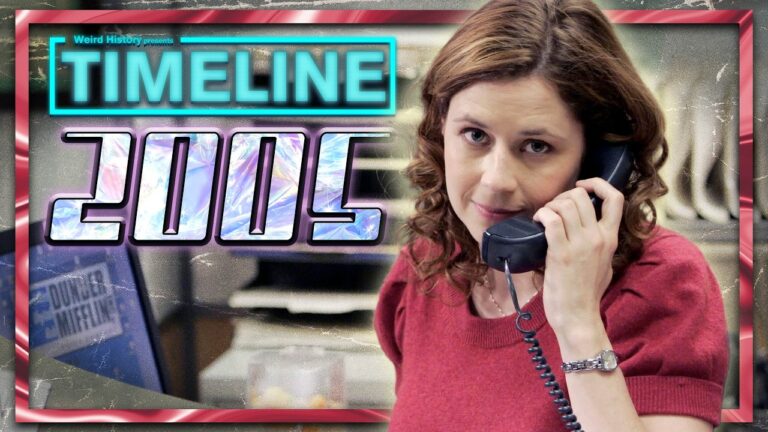Jeep Scrambler Tub For Sale: Your Comprehensive Guide to Reviving a Classic
Jeep Scrambler Tub For Sale: Your Comprehensive Guide to Reviving a Classic jeeps.truckstrend.com
Introduction: The Enduring Allure of the Jeep Scrambler Tub
The Jeep CJ-8 Scrambler, produced by AMC between 1981 and 1986, holds a special place in the hearts of off-road enthusiasts and classic vehicle collectors. More than just a longer wheelbase CJ-7, the Scrambler was a unique blend of rugged utility and open-air adventure, featuring a longer rear overhang and a small pickup-style bed. Its distinctive silhouette and relatively low production numbers (around 27,000 units globally) have made it a highly sought-after classic. At the core of every Scrambler lies its iconic "tub" – the main body shell that defines its shape and functionality.
Jeep Scrambler Tub For Sale: Your Comprehensive Guide to Reviving a Classic
For many Scrambler owners, the biggest challenge in restoration or customization projects is the condition of the original tub. Decades of exposure to the elements, off-road abuse, and general wear and tear often leave these steel bodies riddled with rust, dents, and structural fatigue. This is where the concept of a "Jeep Scrambler tub for sale" becomes paramount. Whether you’re embarking on a full frame-off restoration, building a custom showpiece, or simply replacing a severely damaged original, acquiring a new or refurbished tub is often the most critical and impactful step. This comprehensive guide will delve into everything you need to know about finding, evaluating, and purchasing the perfect tub to bring your Scrambler dreams to life.
Understanding the Jeep Scrambler Tub: A Legacy of Utility
The Jeep CJ-8 Scrambler tub is more than just a piece of metal; it’s the structural heart of a legendary utility vehicle. Unlike its shorter CJ-7 sibling, the Scrambler’s tub boasts an extended rear section, providing a 103.5-inch wheelbase compared to the CJ-7’s 93.5 inches. This extra length translates into a usable bed area, making the Scrambler a versatile workhorse capable of hauling gear, tools, or even a small dirt bike.
The tub itself typically refers to the main body shell, encompassing the floor pan, side panels, wheel wells, and the rear bulkhead that forms the front of the bed. Original Scrambler tubs were constructed from steel, which, while robust, is highly susceptible to rust, especially in areas prone to moisture and salt exposure like floor pans, rocker panels, body mounts, and wheel wells. Finding an original tub in excellent, rust-free condition is akin to discovering a unicorn, making the market for replacement tubs a vital resource for the Scrambler community. Whether sourced from a donor vehicle or manufactured new, these replacement tubs offer a clean slate, free from the hidden perils of rust and structural compromise, allowing enthusiasts to preserve the legacy of this unique off-road icon.
Why Buy a Replacement Jeep Scrambler Tub? The Benefits of a Fresh Start
Investing in a replacement Jeep Scrambler tub offers a multitude of compelling advantages, transforming a challenging restoration into a rewarding project.
- Foundation for a True Restoration: For purists, a new tub is the cornerstone of an authentic, frame-off restoration. It allows you to build from the ground up, ensuring every component, from the paint to the wiring, is installed on a solid, uncompromised base, just as it left the factory.
- Superior Structural Integrity: Original tubs often suffer from advanced rust, leading to weakened body mounts, compromised floor pans, and even structural deformation. A new steel or fiberglass tub provides unparalleled structural integrity, enhancing safety, ride quality, and the overall longevity of the vehicle.
- Eliminate Costly Rust Repair: Attempting to patch and repair extensive rust on an old tub can quickly become a money pit. The labor involved in cutting out rusted sections, fabricating new metal, and welding can far exceed the cost of a new tub, often with an inferior final result. A replacement tub eliminates this headache entirely.
- Custom Build Potential: For those looking to create a one-of-a-kind custom Scrambler, a fresh tub offers the perfect canvas. Whether you’re planning an LS engine swap, a coil-over suspension conversion, or a custom interior, starting with a clean, straight body simplifies the fabrication process and ensures a professional finish.
- Enhanced Aesthetics: A new tub provides a flawless surface for paint, free from ripples, dents, and the tell-tale signs of previous repairs. This ensures your finished Scrambler will have a show-quality appearance, boosting its curb appeal and resale value.
- Reduced Downtime: While installing a new tub is a significant project, it often streamlines the overall build process compared to spending countless hours on bodywork. With a new tub, you can focus on assembly rather than extensive repair.
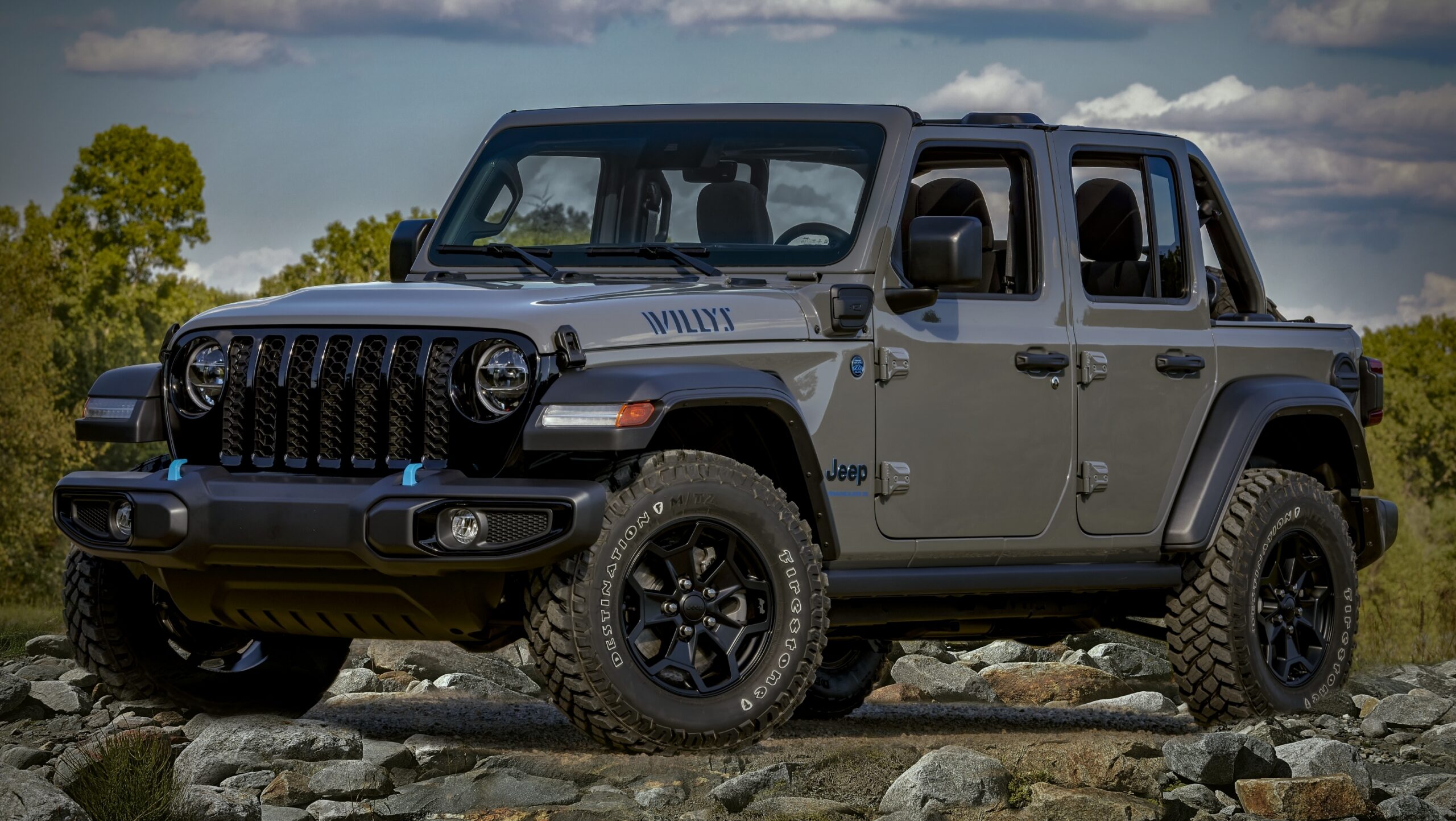
Types of Jeep Scrambler Tubs Available for Sale
The market for Jeep Scrambler tubs offers several options, each with its own set of advantages and considerations. Understanding these types is crucial for making an informed decision that aligns with your budget, project goals, and desired level of authenticity.
-
Original/Used Tubs:
- Description: These are tubs salvaged from existing Scrambler vehicles. They vary wildly in condition, ranging from "barn finds" with minimal rust to severely deteriorated shells requiring extensive work.
- Pros: Authenticity (original stampings, material), potentially lower initial purchase price (if heavily rusted).
- Cons: Almost always come with rust (often hidden), dents, and previous repairs. Requires significant bodywork, sandblasting, and potentially panel replacement, which can quickly exceed the cost of a new tub. Inspection is paramount.
- Where to Find: Private sellers, online forums, specialized Jeep salvage yards, eBay, Facebook Marketplace.
-
Aftermarket Steel Reproduction Tubs:
- Description: Brand new tubs stamped from fresh steel, designed to be direct replacements for the original. These are manufactured by several reputable companies.
- Pros: No rust, consistent quality, often made from thicker gauge steel than original for improved durability, direct bolt-on fitment (though minor adjustments may be needed), ready for prep and paint. Offers the feel and integrity of original steel.
- Cons: Higher upfront cost than used tubs or fiberglass, significant shipping costs due to size and weight, can still dent like original steel.
- Key Manufacturers: Omix-ADA, Crown Automotive, Quadratec (distributors for various brands), and smaller, specialized fabricators.
-
Aftermarket Fiberglass Tubs:
- Description: Tubs molded from fiberglass composite materials, designed to mimic the shape of the original steel tub.
- Pros: Absolutely rust-proof, significantly lighter than steel (improving performance and fuel economy), often a more affordable new tub option than steel.
- Cons: Can crack or shatter upon heavy impact (unlike steel which dents), different feel and sound compared to steel, some purists prefer the authenticity of steel, paint adhesion can be different. Requires careful prep for paint.
- Manufacturers: Companies like Willys Overland Motors (now operating under different names or distribution), FiberJeep, and other specialized fiberglass fabricators.
-
Partially Assembled Tubs/Body Kits:
- Description: Sometimes, tubs are sold as part of a larger body kit, which might include fenders, inner fender wells, a tailgate, or even a windshield frame. Conversely, some sellers might offer just the main tub structure without any bolt-on accessories.
- Pros: Can offer a more complete package, saving sourcing time.
- Cons: Price will vary widely based on what’s included. Always clarify exactly what components are part of the sale.
Choosing the right type depends on your priorities: authenticity, rust prevention, weight savings, or budget. For a truly authentic restoration, new steel is often preferred. For a reliable, rust-free driver or custom build, fiberglass or new steel are both excellent options.
Key Considerations Before Purchasing Your Scrambler Tub
Before committing to a Jeep Scrambler tub purchase, a thorough evaluation of several critical factors will save you time, money, and potential headaches down the line.
- Budget Allocation: Establish a clear budget. New steel tubs are generally the most expensive, followed by new fiberglass, and then used original tubs (though extensive rust repair can quickly make used tubs more costly). Don’t forget to factor in shipping, bodywork, paint, and new body mounts/hardware.
- Condition Assessment (for Used Tubs): This is paramount.
- Rust: Inspect every crevice: floor pans, rocker panels, body mounts (especially where the frame connects), inner and outer wheel wells, door jambs, and the tailgate area. Look for bubbling paint, soft spots, and obvious holes.
- Previous Repairs: Examine welds, bondo, or patches. Poor repairs can hide significant underlying damage.
- Straightness: Check for major dents, twists, or signs of accident damage that could compromise alignment.
- Photos/Videos: Demand high-resolution, detailed photos from all angles, including problem areas. If possible, inspect in person.
- Material Choice (Steel vs. Fiberglass):
- Steel: Offers original feel, durability against impacts (dents rather than shatters), and is preferred by purists. It will rust if not properly maintained.
- Fiberglass: Rust-proof, lighter, potentially cheaper. Can crack under severe impact but is generally durable for normal use.
- Your decision should align with your use case (show vehicle, daily driver, hardcore off-roader) and personal preference.
- Completeness of the Sale:
- Does the "tub" include the tailgate, rear fenders, windshield frame, or doors? Often, it’s just the main body shell. Clarify what is and isn’t included to avoid surprises and additional sourcing costs.
- Shipping & Logistics: Tubs are large and heavy, requiring freight shipping.
- Cost: Freight shipping can be significant (hundreds to over a thousand dollars depending on distance). Get quotes upfront.
- Arrangement: Will the seller arrange shipping, or is it FOB (Free On Board) and your responsibility?
- Access: Ensure the delivery location can accommodate a freight truck and has a way to unload (forklift, multiple strong people).
- Local Pickup: If possible, finding a local tub for pickup can save a substantial amount on shipping.
- Fitment and Compatibility: While aftermarket tubs are designed as direct replacements, minor adjustments during installation are not uncommon. Ensure the tub is specifically for a CJ-8 Scrambler, as CJ-7 tubs are shorter and will not fit.
- Seller Reputation:
- For new tubs, purchase from reputable automotive parts retailers or known aftermarket manufacturers.
- For used tubs, buy from sellers with good reviews or through trusted forums. Be wary of deals that seem too good to be true. Use secure payment methods.
By carefully considering these points, you can navigate the market for a Jeep Scrambler tub with confidence, ensuring your investment leads to a successful and satisfying build.
The Purchase Process: Finding and Buying Your Scrambler Tub
Acquiring the right Jeep Scrambler tub involves more than just finding a listing; it’s about strategic searching, diligent inspection, and secure transaction.
-
Where to Look:
- Online Marketplaces: eBay, Craigslist, Facebook Marketplace are common starting points. Use specific search terms like "Jeep CJ-8 Scrambler tub," "CJ8 body," or "Scrambler tub." Be prepared to filter out irrelevant listings.
- Specialized Jeep Forums & Classifieds: Websites like JeepForum.com, CJ-8.com, and other dedicated classic Jeep communities often have classified sections where private sellers and small fabricators list parts. These communities can also offer valuable advice and seller insights.
- Aftermarket Parts Retailers: Companies like Quadratec, Morris 4×4 Center, 4 Wheel Parts, Summit Racing, and Omix-ADA directly sell new steel and fiberglass reproduction tubs. These are often the most reliable source for brand-new, consistent quality products.
- Restoration Shops: Specialized Jeep restoration shops may have tubs for sale, either new or restored originals. They often have expertise in sourcing and can guide you.
- Salvage Yards/Junkyards: While rare, a lucky find at a classic car or Jeep-specific salvage yard can yield an original tub, though it will almost certainly require extensive work.
-
Negotiation Tips:
- For used tubs, always be prepared to negotiate the price, especially if significant work is needed. Point out any visible flaws or required repairs to justify a lower offer.
- For new tubs from retailers, prices are usually fixed, but look out for sales or free shipping promotions.
-
Inspection Checklist (for Used Tubs):
- Visual Inspection: Look for obvious rust, dents, and poorly executed repairs (bondo, mismatched welds).
- Magnetic Test: Carry a small magnet. If it doesn’t stick, there’s likely a thick layer of body filler.
- Tap Test: Gently tap the metal in various spots. A dull thud can indicate rust under the paint or body filler. A solid metallic sound is good.
- Internal Inspection: If possible, check the underside, inside the rockers, and behind panels for hidden rust or structural damage.
- Ask Questions: Inquire about the tub’s history, where it came from, and why it’s being sold. Ask for detailed photos or a video walkthrough.
-
Payment and Escrow Considerations:
- For private sales, escrow services can provide a layer of security, holding funds until the buyer confirms receipt and satisfaction.
- Avoid wire transfers or unsecure payment methods. PayPal (Goods & Services) offers some buyer protection, but large transactions might be better suited for bank transfers with proper documentation.
- Always get a bill of sale detailing the item, price, and seller/buyer information.
-
Shipping Arrangements:
- Confirm whether the price includes shipping or if it’s an additional cost.
- Clarify who is responsible for arranging the freight carrier.
- Ensure the tub is properly crated or palletized for safe transport.
- Inspect the tub thoroughly upon delivery before signing the delivery receipt. Note any damage on the receipt immediately.
Taking a systematic approach to finding and purchasing your Scrambler tub will ensure you secure the best possible foundation for your build, mitigating risks and setting the stage for a successful project.
Installation and Beyond: What to Expect After Your Tub Arrives
Receiving your Jeep Scrambler tub is an exciting milestone, but it’s just the beginning of the next phase of your project. Installation, whether DIY or professional, requires careful planning and execution.
-
Initial Preparation:
- Inspection: Even new tubs should be thoroughly inspected for shipping damage or manufacturing imperfections.
- Test Fit: Before any paint or major work, perform a dry test fit onto your frame to ensure proper alignment and identify any areas requiring minor adjustment.
- Bodywork & Paint Prep: If you’ve purchased a new tub, it will typically come in bare steel or e-coat primer. This will require proper surface preparation, sanding, priming, and painting to match your desired color and finish. For a used tub, extensive rust removal, panel replacement, and body filler work will precede painting.
-
Mounting the Tub:
- Body Mounts: You’ll need new body mounts and hardware (rubber isolators, washers, bolts). Ensure these are correctly installed between the tub and the frame. Using the wrong mounts or worn-out originals can lead to alignment issues and premature wear.
- Shims: Depending on your frame’s condition and the tub’s fit, you may need shims to achieve perfect alignment and ensure the tub sits level on the frame, preventing stress points.
- Hardware: Use new, high-grade bolts and nuts for all body-to-frame connections.
-
Component Transfer & Installation: This is where the real work begins, transferring all the necessary components from your old tub (or new parts) to the new one.
- Wiring Harness: Carefully transfer the main wiring harness, ensuring all connections are clean and properly routed. This is a good time to inspect and repair any worn wires.
- Fuel and Brake Lines: Route and secure new or existing fuel and brake lines along the frame and tub. Ensure no kinks or chafing points.
- Interior Components: Install the dashboard, steering column, pedals, seats, roll bar, and seat belts.
- Exterior Components: Attach the fenders, grille, windshield frame, doors, tailgate, and lights.
-
Potential Challenges & Solutions:
- Alignment Issues: Minor fitment problems are common, especially with aftermarket tubs. Patience, shims, and sometimes gentle persuasion are key. Ensure the frame is straight before starting.
- Rusted Bolts/Hardware: If transferring components from an old tub, expect seized bolts. Have penetrant, a torch, and an angle grinder ready.
- Wiring Complexity: The wiring harness can be daunting. Take photos before disassembly, label everything, and use a wiring diagram.
- Component Compatibility: Sometimes, small variations between manufacturers (or original vs. aftermarket) can cause minor fitment issues with bolt-on parts. Be prepared for slight modifications or sourcing new hardware.
-
Professional Help vs. DIY:
- DIY: Installing a tub is a significant project requiring mechanical aptitude, tools, and space. It can be highly rewarding but demands patience and problem-solving skills.
- Professional Help: If you lack the tools, time, or confidence, consider hiring a reputable Jeep restoration shop or body shop. They can handle everything from body prep and paint to full component installation, ensuring a high-quality finish.
The installation of a new Scrambler tub is a labor of love, but with careful planning, attention to detail, and realistic expectations, it will transform your classic Jeep into a solid and beautiful machine ready for many more adventures.
Jeep Scrambler Tub For Sale: Estimated Price Guide
Please note: Prices for Jeep Scrambler tubs can fluctuate significantly based on condition, manufacturer, market demand, and location. Shipping costs are typically extra and can add hundreds to over a thousand dollars to the total. This table provides general estimates as of late 2023/early 2024. Always get current quotes from sellers.
| Tub Type/Condition | Estimated Price Range (USD) | Typical Inclusions/Exclusions | Important Notes |
|---|---|---|---|
| Used Original (Heavy Rust/Dents) | $500 – $1,500 | Main tub structure, often missing tailgate, fenders, etc. Significant rust, dents, and potential frame damage. | Requires extensive sandblasting, rust repair, metal fabrication, and bodywork. Often ends up more expensive than new tubs once labor/materials are factored in. Buyer beware. |
| Used Original (Good Condition/Minor Rust) | $2,000 – $5,000 | Main tub structure, potentially with some original attached hardware. Minor surface rust, few dents. | Rare find. Still likely needs sandblasting, priming, and paint. Minor bodywork may be required. Authenticity is key for purists. |
| Aftermarket Fiberglass (New) | $2,500 – $4,500 | Main tub structure, typically in white or grey gel coat. May or may not include a separate tailgate. | Rust-proof and lighter. Requires prep and paint. Can crack under severe impact. Verify what specific components are included (e.g., tailgate, inner fenders). |
| Aftermarket Steel (New – Standard Gauge) | $4,500 – $6,500 | Main tub structure, usually e-coated or bare steel. May include some inner panels. Tailgate often sold separately. | Direct replacement, no rust issues. Requires prep and paint. Shipping is a major cost factor. Good for authentic restorations and durable builds. |
| Aftermarket Steel (New – Premium/Thicker Gauge) | $6,000 – $8,000+ | Main tub structure, often with reinforced areas, e-coated. Tailgate usually separate. | Built for extra durability and longevity. Highest quality new steel option. Ideal for heavy-duty use or long-term preservation. Shipping costs remain significant. |
| Shipping Costs (Freight) | $400 – $1,500+ | Varies greatly by distance, fuel prices, and whether it’s residential or commercial delivery. Always get a specific quote. Local pickup is highly recommended if possible. | |
| Body Mount Kit | $150 – $300 | Complete set of rubber mounts, washers, and bolts for tub-to-frame connection. | Essential for proper installation and ride quality. Always purchase new. |
Disclaimer: These are approximate costs and can change based on market conditions, supplier, and specific model variations. Always confirm current pricing with sellers.
Frequently Asked Questions (FAQ) About Jeep Scrambler Tubs
Q1: Can I use a CJ-7 tub on a Scrambler?
A: No, a CJ-7 tub is significantly shorter than a Scrambler (CJ-8) tub. The CJ-7 has a 93.5-inch wheelbase, while the Scrambler has a 103.5-inch wheelbase. The Scrambler tub includes the longer bed section, which is absent on the CJ-7. They are not interchangeable without extensive frame modification.
Q2: What’s the main difference between steel and fiberglass tubs?
A: Steel tubs offer authenticity, impact resistance (they dent, rather than crack), and a solid feel. They are susceptible to rust. Fiberglass tubs are rust-proof, lighter, and often more affordable. However, they can crack under severe impact and have a different feel than steel.
Q3: Do new tubs come painted?
A: Almost never. New steel tubs typically come in bare steel or an e-coat primer (for rust protection during shipping/storage). New fiberglass tubs come in a gel coat (usually white or grey). Both require significant prep work (sanding, final bodywork, priming) and professional painting before installation.
Q4: How much does it cost to ship a tub?
A: Shipping costs vary widely depending on distance, fuel prices, and whether delivery is to a commercial address with a loading dock or a residential address. Expect freight shipping costs to range from $400 to over $1,500 within the contiguous U.S. Always get a specific quote before purchasing.
Q5: Are all aftermarket tubs the same quality?
A: No, quality can vary between manufacturers. Reputable brands like Omix-ADA or Crown Automotive (for steel) generally produce high-quality, direct-fit replacements. For fiberglass, research manufacturers and read reviews. Some cheaper options might have less precise stamping or require more fitment work.
Q6: What other parts will I need besides the tub?
A: Beyond the tub, you’ll likely need:
- A new body mount kit (isolators, washers, bolts).
- A tailgate (often sold separately).
- Fenders (front and rear – if not included).
- Windshield frame (if yours is damaged).
- Potentially new wiring harnesses, fuel lines, and brake lines if the old ones are corroded or damaged during removal.
- All interior and exterior bolt-on components (dash, seats, lights, etc.).
Q7: Is it hard to install a new tub?
A: Installing a new tub is a significant project that requires mechanical aptitude, proper tools (hoist, jacks, stands), and a good understanding of automotive systems. It involves disconnecting and reconnecting many components (wiring, fuel lines, brakes, steering). While a determined DIYer can do it, professional installation by a body shop or restoration specialist ensures proper alignment and a high-quality finish.
Conclusion: A New Lease on Life for Your Jeep Scrambler
The quest for a Jeep Scrambler tub for sale is often the most pivotal step in resurrecting one of Jeep’s most distinctive and cherished models. Whether you opt for a carefully sourced original, a robust new steel reproduction, or a lightweight, rust-proof fiberglass alternative, the decision lays the fundamental groundwork for your entire build. We’ve explored the myriad reasons for this significant investment, from overcoming pervasive rust to providing a clean canvas for a custom masterpiece.
By understanding the different types of tubs available, diligently considering key factors like budget, material, and logistics, and meticulously navigating the purchase and installation process, you equip yourself for success. A new or refurbished tub doesn’t just replace a worn-out part; it breathes new life into a classic, ensuring that the spirit of the Jeep Scrambler, with its unique blend of utility and adventure, continues to thrive for generations to come. Your Scrambler project is more than just a vehicle; it’s a legacy, and a solid tub is its enduring foundation.

